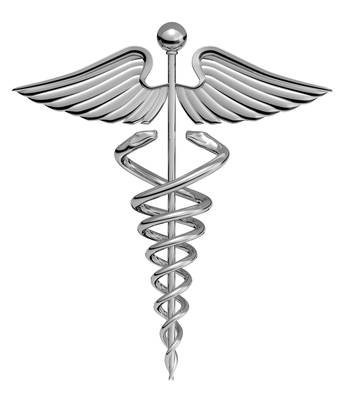Adding AAHAM certification to your résumé alongside a healthcare administration degree can work wonders for landing medical office jobs. Chaired by President John Currier, CRCE-I, the American Association of Healthcare Administrative Management was founded in 1968 south of Washington, DC, in Fairfax, Virginia, to credential staff involved in medical facilities’ revenue cycles. The AAHAM provides elite certifications like Certified Revenue Cycle Executive, Certified Revenue Integrity Professional, Certified Compliance Technician, and Certified Revenue Cycle Specialist. Each credential targets individuals who handle patient accounts for billing, payment processing, and insurance reimbursement to ensure profitability. Registering for AAHAM exams can cost anywhere from $100 to $299 though, so you may wonder whether certification is worth it. Here are four big benefits from getting certified by the AAHAM.
Competitive Advantage with Employers
Even though healthcare management jobs are growing fast by 17 percent through 2024, competition for mid- and upper-level titles is often fierce. Medical facilities are increasingly looking to hire patient financial services providers who have satisfied the AAHAM’s industry-leading standards for quality. Earning AAHAM credentials after your name will prove to employers that you’re a competent hire. Joining the AAHAM gives you 24/7 access to the Online Job Bank, which currently lists openings with Pinnacle Health System, Mission Hospital, Banner Health, Peninsula Regional Medical Center, and others.
Enhanced Earning Potential
Getting recognition from AAHAM can improve your salary outlook and position you for lucrative promotions in healthcare administration. According to PayScale, Certified Compliance Technicians earn $54,217 on average. Certified Revenue Integrity Professionals report average pay at $52,109. Revenue cycle managers with AAHAM certification make a median yearly salary of $63,860. Certified Revenue Cycle Executives make mean salaries of $97,871 to $123,742. Some even become Chief Revenue Cycle Officer (CRCO) for making $130,000 or more annually. Climbing the career ladder to bigger profits is greatly aided by certification.
National Networking Opportunities
Certification from the AAHAM will assist you in building a network of colleagues that share your revenue cycle expertise. Members paying the $199 annual fee can join 32 AAHAM chapters spanning from Central Pennsylvania to Washington State and Chennai, India. Certified professionals can attend the AAHAM Annual National Institute, held this year in Nashville, with 500+ fellow members and nearly 100 exhibitors. Networking is also aided with the members-only Listserv forums, annual Legislative Day each Spring, LinkedIn account, and membership directory.
Skill Development with Continuing Education
Maintaining AAHAM credentials will require recertification with 40 continuing education units earned every two years. These professional development hours will motivate you to stay abreast of the revenue cycle industry’s latest practices and legislative changes. Ways to earn CEUs include taking AAHAM-sponsored webinars, taking CRCE/CRCP review sessions, serving as Chapter Officer, and attending National Board meetings. Certified professionals can even publish articles in the quarterly Journal of Healthcare Administrative Management for three CEUs. Since 1989, events during National Patient Account Management Week in October have also counted.
Starting the AAHAM credentialing ladder usually begins with the CRCS certification before advancing to the CRCP and CRCE level. Prospective designees should have an accredited degree and at least one year of successful employment in the healthcare revenue cycle first. Individuals then take a three-section, 120-minute exam in March, July, or November at approved testing centers to finish CRCS certification. Now that you know the extensive benefits to AAHAM certification, you can begin studying for a passing grade of 70 percent or better.
